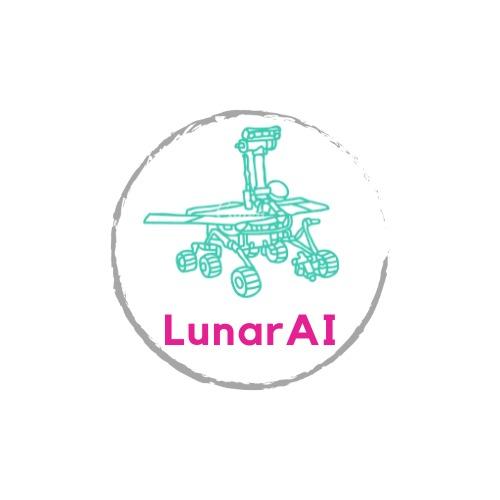LunarAI
"Revitalizing lunar exploration with the intelligence of AI."
Created on 7th May 2023
•
LunarAI
"Revitalizing lunar exploration with the intelligence of AI."
The problem LunarAI solves
A model that can accurately detect and identify the big rocks present on the surface of the moon using sensor data, in order to assist a lunar rover in navigation and exploration. The model should be able to work in real-time and under varying lighting and terrain conditions and Model should be designed to minimize false positives and false negatives to ensure safe and efficient rover operation.
Challenges we ran into
Developing lunar rover using U-Net CNN for image classification, challenges include class imbalance, handling unseen scenarios, model complexity, real-time inference, interpretability, environmental constraints, integration, data management, testing, scalability, and application integration. Solutions involve addressing class imbalance, diverse training data, regularization techniques, optimization for efficiency, explainable AI, robust hardware design, interdisciplinary coordination, efficient data management, thorough testing, scalability planning, and seamless integration with the application.
Real-time inference can be achieved by optimizing the model architecture and leveraging hardware acceleration techniques to meet the computational constraints of the lunar rover. Model interpretability can be improved by incorporating explainable AI methods like attention mechanisms or generating visual explanations for the model's decisions.
To overcome environmental constraints, the machine learning system and hardware components should be designed to withstand extreme temperatures, dust, and limited power supply. Rigorous testing, validation, and simulation in relevant lunar conditions are crucial.
Integration and deployment challenges can be tackled through close collaboration among multiple teams and expertise. Effective communication protocols and interfaces need to be established for seamless integration of the machine learning model into the overall lunar rover system.
Regarding the front-end development, efficient data management techniques must be employed to handle the large amounts of data generated by the OpenCV model. This includes proper storage, processing, and retrieval of data.
Thorough testing and debugging are vital to ensure the correct functioning of the application. Robust testing methodologies, including unit testing, integration testing, and performance testing, should be implemented.
Tracks Applied (1)
